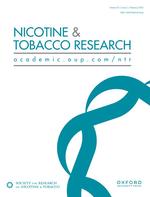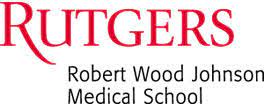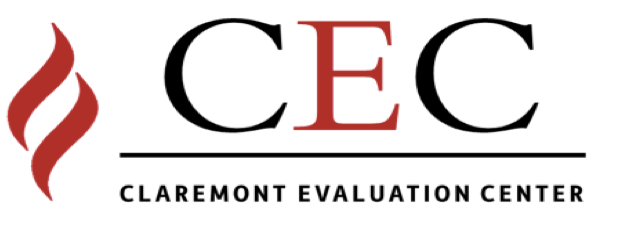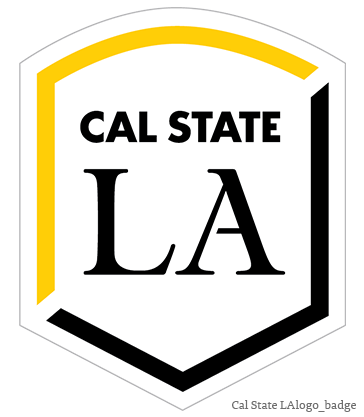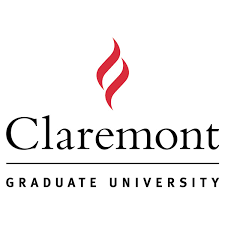Dr. Scott I. Donaldson
Assistant Professor of General Internal Medicine
Rutgers Robert Wood Johnson Medical School
About
Scott I. Donaldson, Ph.D., is Assistant Professor of General Internal Medicine in the Rutgers Robert Wood Johnson Medical School, and a core faculty member of the Rutgers Institute for Nicotine & Tobacco Studies. He also holds a faculty position at the University of Connecticut in Research Methods, Measurement, and Evaluation. His research uses quantitative and qualitative methodologies, such as psychometrics, meta-analysis, content analysis, and advanced statistical approaches, to examine organizational and commercial determinants of health & well-being. He has published in top peer-reviewed journals like JAMA Pediatrics, JAMA Network Open, International Journal of Management Reviews, and The Journal of Positive Psychology. Professor Donaldson’s research has garnered media attention from many news and policy outlets, such as the U.S. News & World Report, NBC Los Angeles, and the World & Health Organization.
Interests
- Evaluation
- Surveillance
- Measurement
- Social Media
- Health & Well-Being
Education
Postdoctoral Scholar in Evaluation, Statistics, and Measurement, 2021
University of California, San Diego
PhD in Evaluation and Applied Research Methods, 2020
Claremont Graduate University
MS in Applied Psychology, 2015
University of Southern California
BA in Psychology, 2014
University of California, Los Angeles
Media Coverage
USC Study of Tobacco Content on Social Media Links Exposure to Use
Research reveals influence tobacco advertisements on social media has on people
Statistical Programming Expertise
R Programming
SPSS
SAS
Featured Scholarship
Publications
Scott’s Google Scholar
Experience
Adjunct Professor (Research Design and Methodology)
University of San Diego, School of Leadership and Education Sciences

Postdoctoral Scholar in Evaluation, Statistics, and Measurement
University of California San Diego, Moores Cancer Center
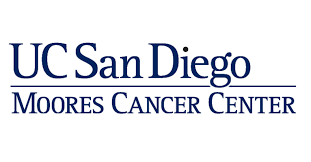
Adjunct Professor (Statistics & Research Methods)
Chapman University Crean College of Health and Behavioral Sciences
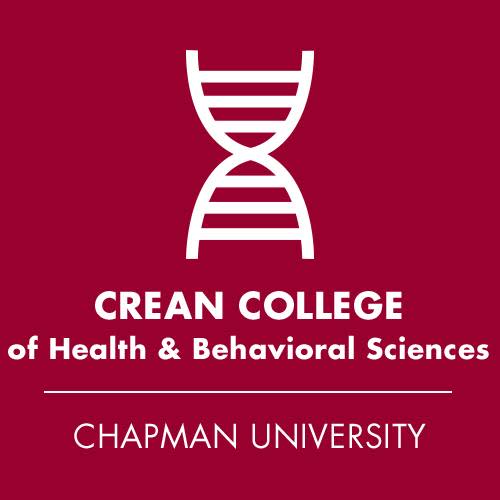
Research Objectives
Research Contributions and Future Plans
My interdisciplinary scholarship leverages advanced statistical, data science, and measurement approaches to understand health behavior risks.
I received a strong methodological background during my doctoral studies at Claremont Graduate University, writing an award-winning dissertation on validating a new measure of positive functioning, presented at the 7th World Congress for the International Positive Psychology Association. In 2019, I published the first meta-analysis on the association between positive psychology interventions and work-related outcomes. The paper has since been featured in Psychology Today, downloaded 28,000 times per Almetric, and is my most cited paper on Google Scholar (152 citations as of 9/01/23).
My expertise in evaluation, statistics, and measurement in the health-context was then developed during my postdoctoral studies at the University of California, San Diego School of Medicine where I was responsible for developing a monitoring & evaluation system for a statewide tobacco use prevention education program (TUPE) funded by the California Department of Education. I also learned more advanced measurement approaches, such as item response theory, and published one such psychometric assessment in Computers in Human Behavior Reports, evaluating a brief measure of problematic smartphone use among adolescents.
I gained invaluable experience in evaluation and tobacco prevention during my postdoc, which led to my current role as a Senior Research Associate in the Keck School of Medicine of USC, Social Media Analytics Lab, where I am working on the California Tobacco Control Program’s Tobacco Industry Monitoring Evaluation (TIME) project. The purpose of the TIME project is to inform comprehensive tobacco control policy efforts by monitoring core tobacco industry practices related to e-cigarettes and little cigars. Part of my duties have included using data science and developing programming scripts to download social media data from application programming interfaces on platforms, such as TikTok, Twitter, YouTube, and Instagram, and then applying social media analytic techniques to glean insights. My work in the USC Social Media Analytics Lab has garnered national media attention from news outlets, including U.S. News & World Report, NBC Los Angeles, and the Hill. I led a meta-analysis investigating the association between exposure to tobacco content on social media and tobacco use published in JAMA Pediatrics. The paper ranks in the top 5% of all research outputs ever tracked by Altmetric and has scored higher than 99% of its contemporaries of similar age from JAMA Pediatrics (Attention Score=453).
The emergence of social media has revolutionized how people, and especially adolescents and young adults, become exposed to tobacco content online that may alter their tobacco-related attitudes and behaviors. Research has shown that adolescents and young adults make up the majority of social media users and spend up to 8 hours per day online. Regular social media use among adolescents and young adults has created an extension of in-person peer circles, whereby behaviors that are frequently observed on social media can serve as socializing forces to portray what is normative, attractive, and rewarding. My background and experiences in evaluation, psychology, and tobacco-related social media research have inspired me to understand how to a) measure exposure to, and determine the extent to which, digital content increases tobacco use behaviors among adolescents and young adults; b) design, measure, and evaluate programs and interventions that promote well-being and reduce multiple health risk behaviors among adolescents and young adults.
Future Research
Digital platforms have granted the tobacco industry unprecedented access to prospective young consumers of tobacco products. Moreover, tobacco control bodies have yet to implement swift regulations appropriate for this online environment. While the tobacco control policy landscape continues to evolve, recognizing the importance of exposure to digital tobacco marketing on tobacco use, health promotion programs and interventions are desperately needed to bolster tobacco-related digital media literacy among adolescents, young adults, parents, teachers, and public health organizations among other community stakeholders. First, my future research will aim to develop validated measures of exposure to digital tobacco marketing and understand the causal associations between exposure to digital tobacco marketing on tobacco use, and vice versa. The development of validated measures informed from social media surveillance will lead to better tobacco-related digital media literacy intervention design and evaluation.
Second, it is likely that parents, teachers, and other authority figures under appreciate the extent to which adolescents and young adults are exposed to tobacco content online, including tobacco advertisements, promotions, and user-generated posts. Further, those digital media users who are exposed to such content are likely to be exposed to higher volumes of similar tobacco content in the future by proprietary machine learning algorithms. In other words, viewing tobacco content begets further exposure to tobacco content. I want to design, measure, and evaluate tobacco-related digital media literacy interventions with the goal of preventing susceptibility to use tobacco among never users or preventing escalation of tobacco use behaviors among young adults. Interventions focused on tobacco-related digital media literacy could create awareness about emerging tobacco products, and describe how they are being marketed in the digital environment. Increased awareness of such marketing techniques could lead to the necessary skills required to refuse/avoid the uptake of tobacco by adolescents and young adults.
Projects
Teaching
Scott’s Rate My Professor
Research Design and Methodology - Teaching Evaluations
Fall 2018 - Chapman University
Statistics - Teaching Evaluations
Fall 2018 - Chapman University






